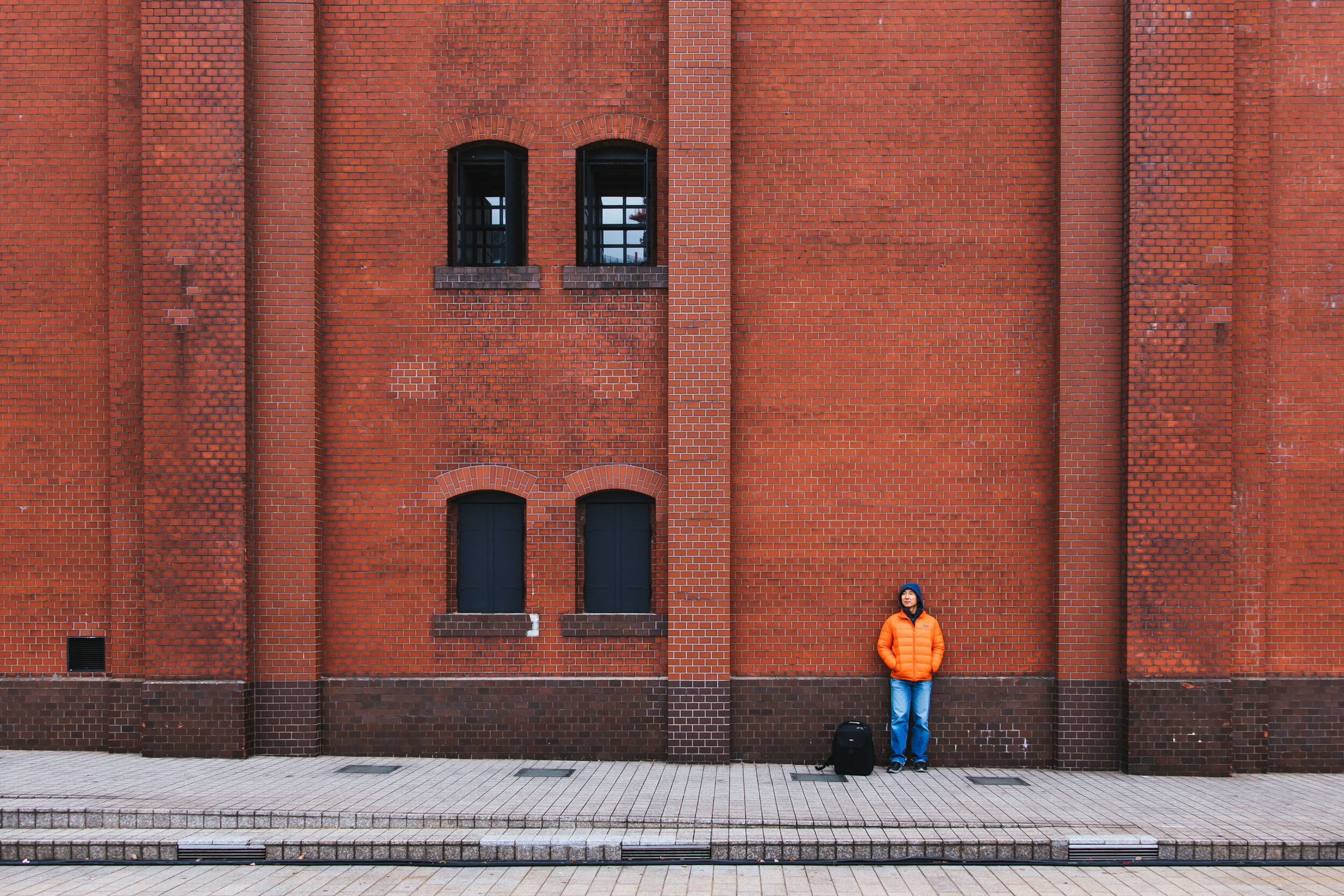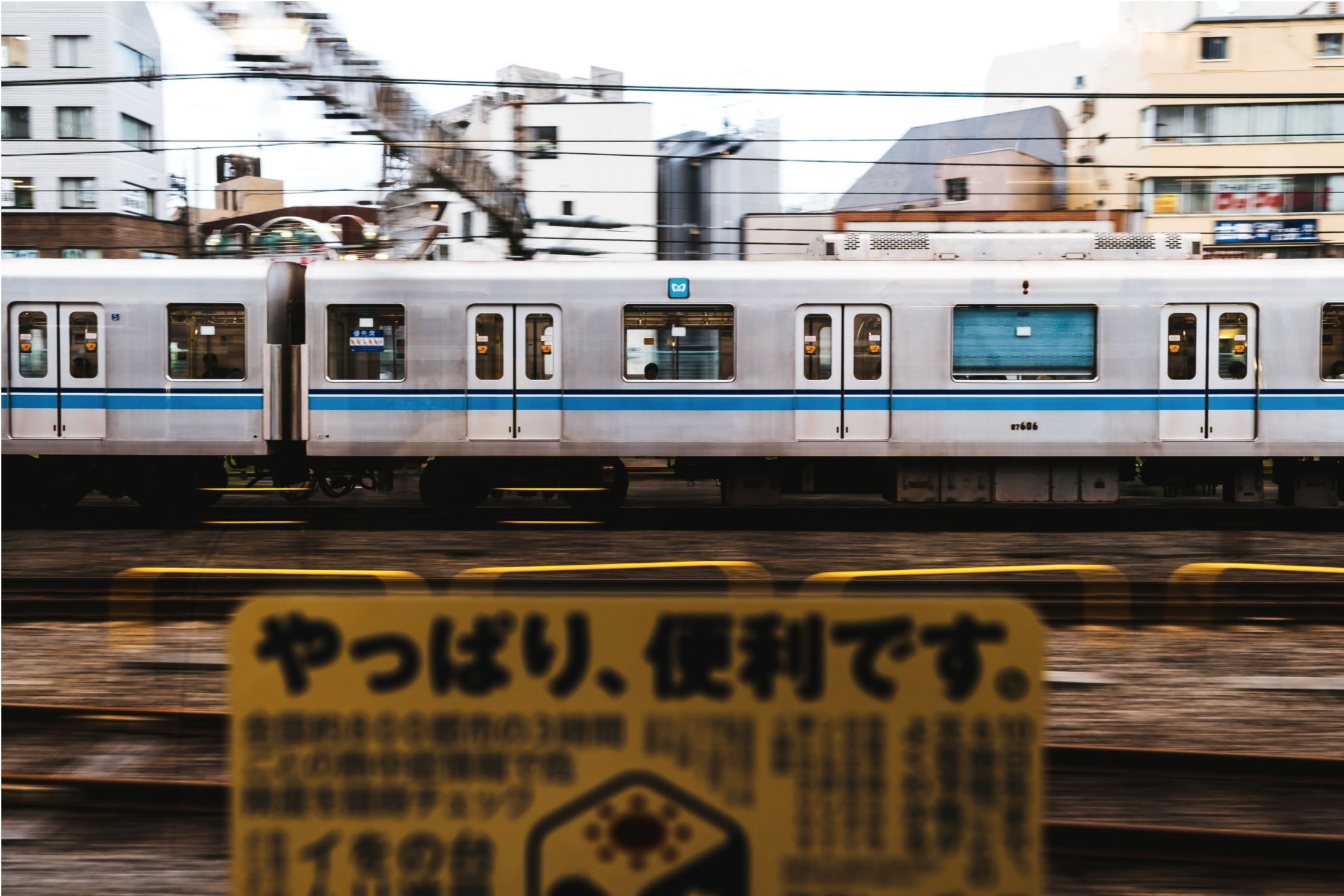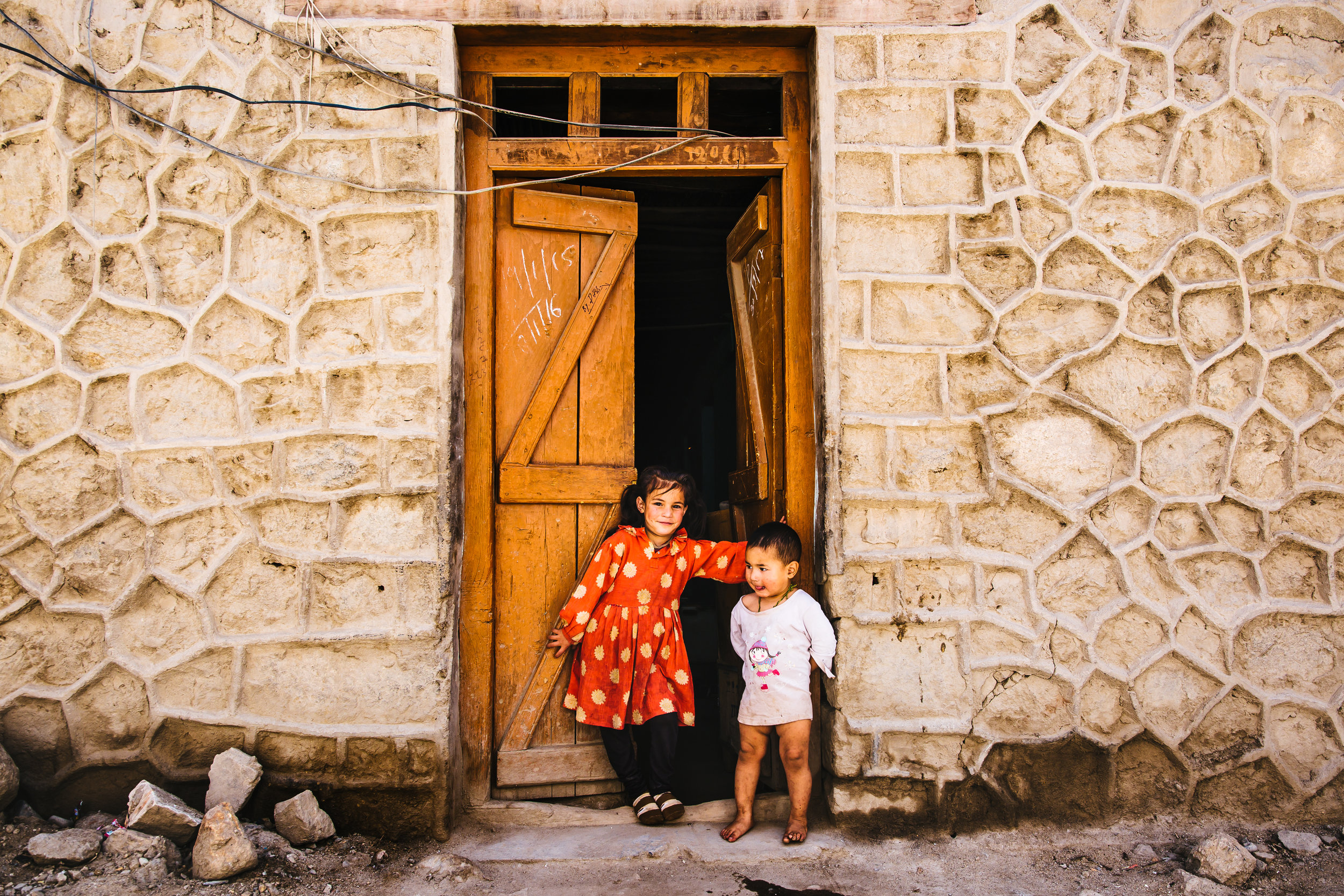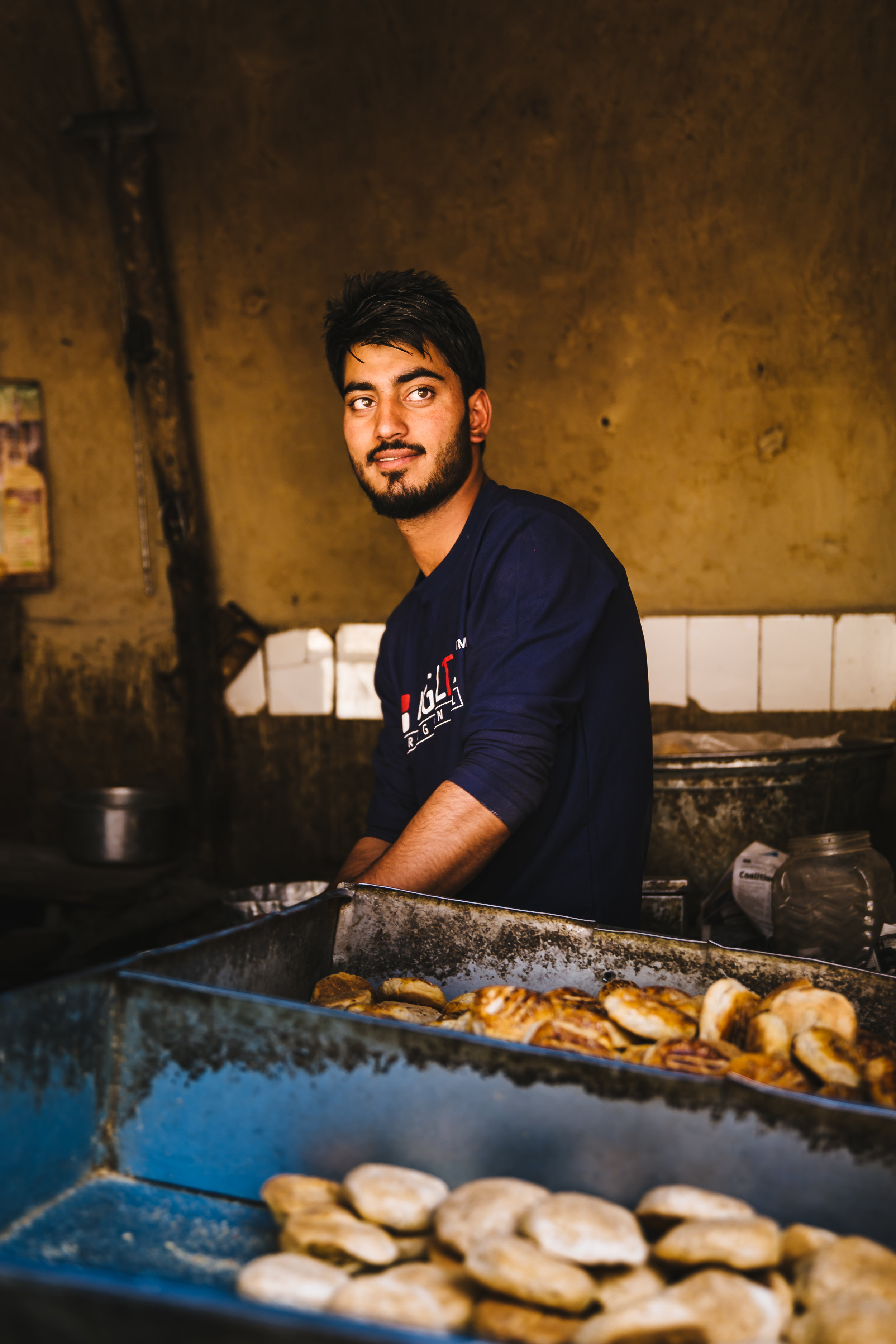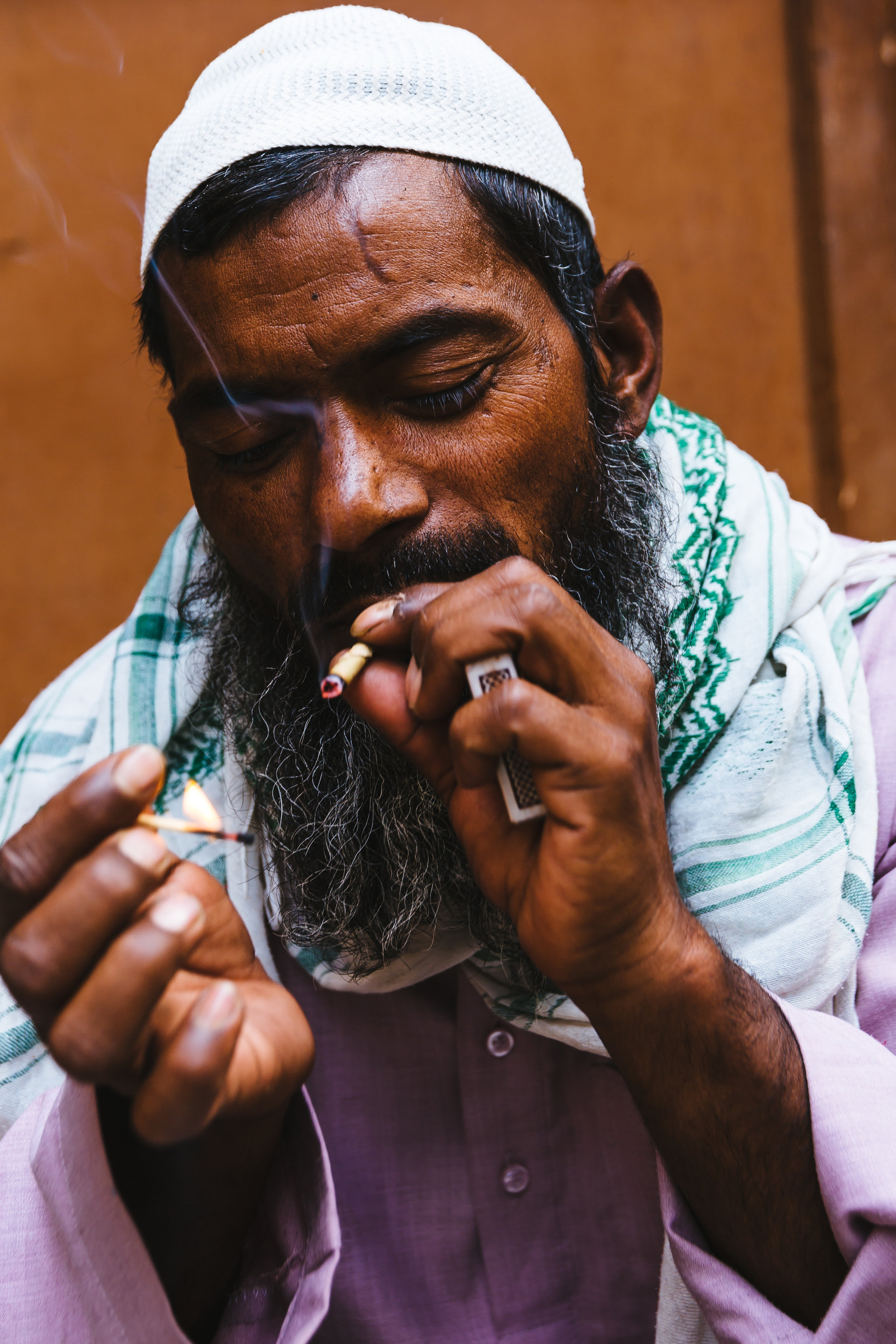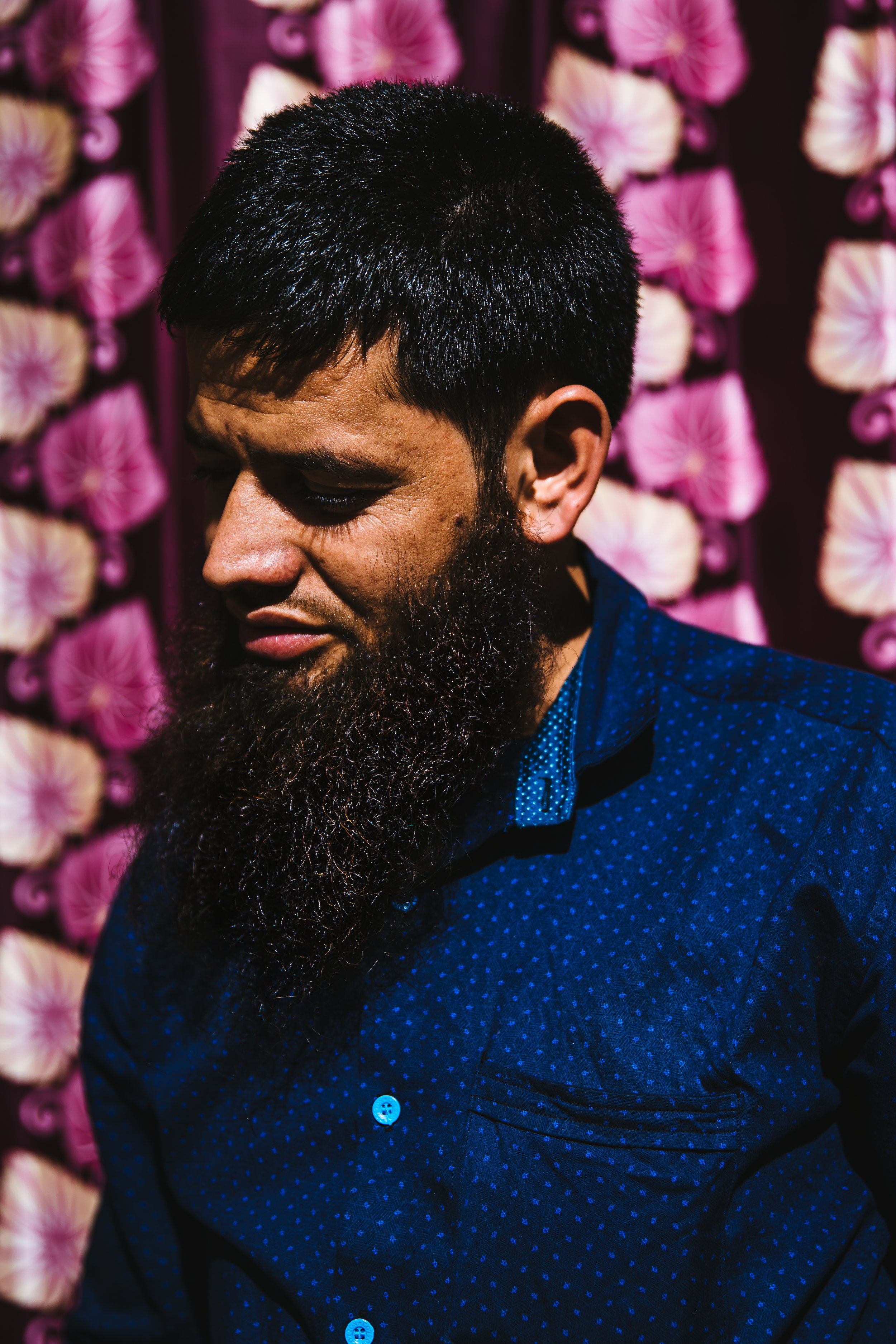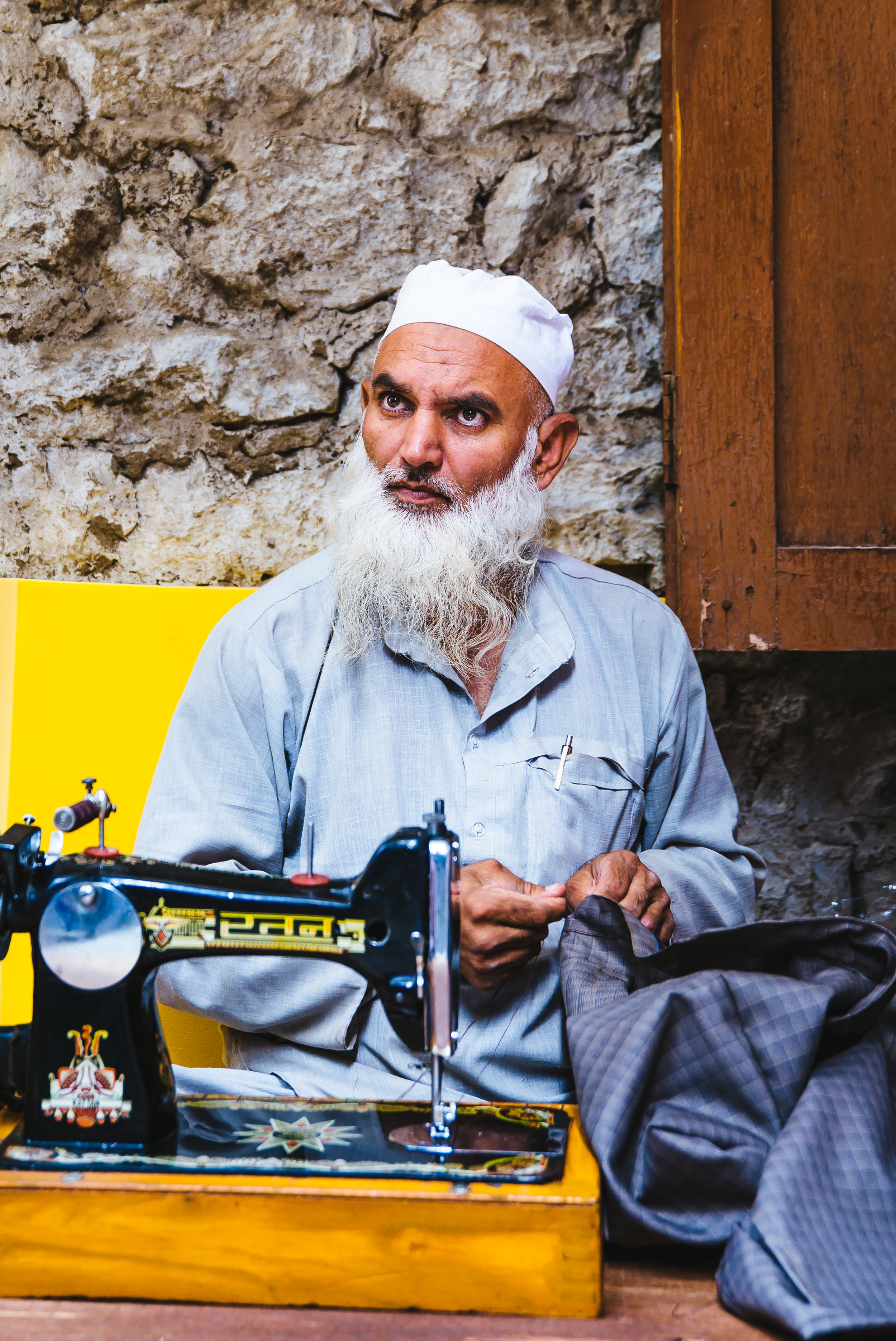Editorial Photography
Bartender at Godz, a basement bar in Shinjuku that blasts heavy metal.
Shinjuku Hotspots for American Way Magazine
Over the past couple of years, travel editorial assignments have taken me far and wide. My occupation as a fulltime photographer is the stuff daydreams are made of. I admit the job has its perks. I get to see a bit of the world, learn about different cultures, and enjoy making images for a living. Professionally, I couldn’t ask for more.
But one of the drawbacks of being a professional travel photographer is the time away from home. It doesn’t matter how long an assignment is. It doesn’t matter if the job takes a few days or a couple of weeks. Time away from home takes a toll. As a general statement, I don’t like being away from my family, my comfort zone, and my own pillow. Don’t get me wrong… I love travel assignments. But, I don’t love being away from my wife and son.
Last October I received a commission from my good friends at American Way, American Airlines’ inflight magazine. After a few months with a hefty travel schedule, I was happy to learn that the assignment was here in Tokyo, photographing some of Shinjuku’s lesser know spots. Shinjuku is, perhaps, Tokyo’s most famous neighborhood. Still, there are many haunts that are overlooked, unknown to the throngs of tourists who come to Tokyo.
While I rarely visit the district, I admit that Shinjuku is a great place to photograph. The gritty alleys, seedy nightlife, and the world’s busiest commuter hub (Shinjuku Station) can make for photo-gold. The neighborhood also happens to be right down the tracks from my home in nearby Kichijoji. Considering this, I was happy to work on the piece and was just as thrilled to be home in time to kiss my wife and son goodnight.
Check out a couple of images from the assignment and, if you are interested, read more about these Shinjuku hotspots in the Neighborhood Watch section of American Way.
Preparing gyoza at Danji Dumplings.
Gyoza ready to fry at Danji Dumplings.
Chef at Ouka Ramen.
Danji Dumplings exterior.
Tokyo’s best halel ramen at Ouka Ramen.
Kuriya’s aging menu, posted for review in Kabukicho.
Piping hot stew on offer at Rakudaba.
More From Tokyo, Japan
High In Leh, India | Travel Photographer
Leh | Northern India
A few minutes out of Delhi's Indira Gandhi Airport the cityscape was eclipsed by the fringe of the massive plains. Moments later the dotted evergreen foothills appeared. I thought back to 2006 and remembered feeling overwhelmed with awe upon reaching the gateway to the Himalayas. This view, eleven years on, ignited the same reaction.
From cruising altitude it was easy to make out the peaks, goliaths partially shrouded in clouds standing stoically in the distance. The green of the foothills quickly past and tremendous, deeply contoured valley appeared. The land was accented by the burnt oranges and erosion-reds found in high altitude deserts, a sedimentary time capsule with exposed layers of tiger-striped rock. The ridges below seemed to move closer, as if the ground was struggling upwards to meet the plane during the descent.
Deep down I knew that it wasn't responsible to fly into this part of Jammu and Kashmir. At over 3,600 meters, Leh's altitude is formidable, a hair higher than La Paz, Bolivia, the highest capital city in the world. I knew that taking a bus from Manali was the smartest option. But the infamous journey from Manali to Leh takes nearly two days of travel. I didn't have two days to spare. Nor did I have the desire to traverse one of the world's most dangerous roads in a cramped bus. With only five days to spend in the mountainous desert below, my only choice was to fly.
I told myself that I would be okay, that my body wouldn't be susceptible to the acute mountain sickness that plagues so many of Leh's visitors. I reminded myself of ski trips with my father on peaks well over 4,000 meters. There was no reason to worry.
Even in the summer, the air on the tarmac felt refreshingly cool. I was elated to be back in north India even if my time was limited. I pulled a breath deep into my lungs to see if I could notice a discernable difference from the air in Delhi. The Himalayan air was clean to the taste, worthy of being bottled and sold to the Chinese market.
My altitude anxiety eased and I redirected my nervousness towards my photography gear. I hate checking any bag, let alone the equipment that allows me to create, relax, and earn a paycheck. But I had no choice. Travelers are not allowed any carry on baggage on flights going to or departing from Leh, one of the subcontinent's most politically volatile regions. I trotted off the tarmac towards the machine-gun-guarded luggage racks and collected my cargo.
An hour later I was safely in my top floor hotel room. I opened the windows wide and let the sun warm the space. My rucksack rested in the corner but my photography gear was already out on the bed. I ran usual, neurotic checks to ensure that nothing was damaged during the quick flight from Delhi. I pulled out my drone batteries and started charging them in preparation for an evening flight. I cleaned my lenses. I formatted the army of memory cards I intended to fill.
Once sorted, I packed a small scouting bag with a camera body and a single lens. I couldn't wait to get out and explore, to get my bearings straight, and see what photographic possibilities Leh held. For years I had daydreamed about this trip and wanted to make every second count. And then it hit me...
Suddenly I felt extremely tired. It was only 3:00 in the afternoon but I felt as though I had been up for days. I cleared the gear explosion from the bed and lay down, deciding that "resting my eyes" for a moment would give me a needed boost of energy for my scout. Naturally, I drifted off.
I awoke startled, confused, groggy, and nauseated. The rays of sun no longer drifted through the still opened windows. It was dark outside and the temperature had drastically dropped. I didn't think that it was too late in the evening. I hadn't heard the nightly call to prayer that I knew would be heard throughout Leh. I opened my computer to see what time it was and was shocked to find that it was nearly 4:00 a.m. I had slept for 13 hours.
I felt awful, a new kind of awful. My mantras and positive self-talk didn't make a damn bit of difference. This was altitude sickness.
Over the next four days, I rarely left my hotel room. I barely ate anything, sustaining myself on plain naan and nuts. I couldn't seem to muster the energy to do anything except sit on the hotel's roof and admire the view of Leh Palace.
On my fifth and final morning. I decided that I had had enough. I was going stir crazy. I couldn't laze around any longer no matter how bad I felt. I pulled myself out of my little sanctuary, refusing to allow the trip to the Himalayas to be a complete waste.
Well before dawn, I located a driver willing to haul me a few hours drive the Manali-Leh highway. I desperately wanted to see the some of the monasteries and stupas I had flown so many hours to see. We made our way to both Shey and Thikse monasteries. I slowly climbed the seemingly endless monastery steps and onto the rocky outcroppings overlooking the desert valley. We traveled further to Hemis monastery, an eleventh-century gompa from the Drukpa Lineage forty-forty five kilometers away (could have been light years away considering Indian roads).
The six-hour excursion through the valley almost made the entire trip worth it. I kept thinking about how outstanding the trip was meant to be, how mesmerizing the experience would have been had I only followed my intuition. It was my selfish need to force a trip into my own timeline that was my biggest mistake.
I broke the first rule all seasoned travelers to India know to follow. Don't plan anything (because India has plans of her own). I didn't respect the mountains and, for that disrespect, was robbed of the sublime experience I had meticulously planned for myself.
Returning to Leh, I felt significantly better and seized that opportunity. I walked throughout Leh, stopping off at a construction site to watch workers lay the foundation for a new mosque. I had tea with a local named Mohammed. I explored the dusty lanes, stopping every now and again to take a photo or have a chat. I even decided that I would have a bite to eat.
I found a restaurant with a decent menu and ordered one of my favorite Indian dishes, chili chicken. Soon enough my dish arrived and it looked amazing, the chicken perfectly breaded and rubbed. The gravy over the capsicum and onions was delightful. Several bites in, I felt some energy come back and was relieved that the altitude sickness was now losing the battle.
Even if it was my last day in Leh, I was ready to make use of every last hour. I returned to my hotel room to pick up my drone. I finally felt well enough to take a flight over the valley. I assembled the drone's propellers, readied my controller, and grabbed a stack of extra batteries. Then it hit me.
I suddenly felt awful, a familiar kind of awful I had experienced in India many times before. I was sure of it... food poisoning. But the rest of the story isn't one to be repeated.

